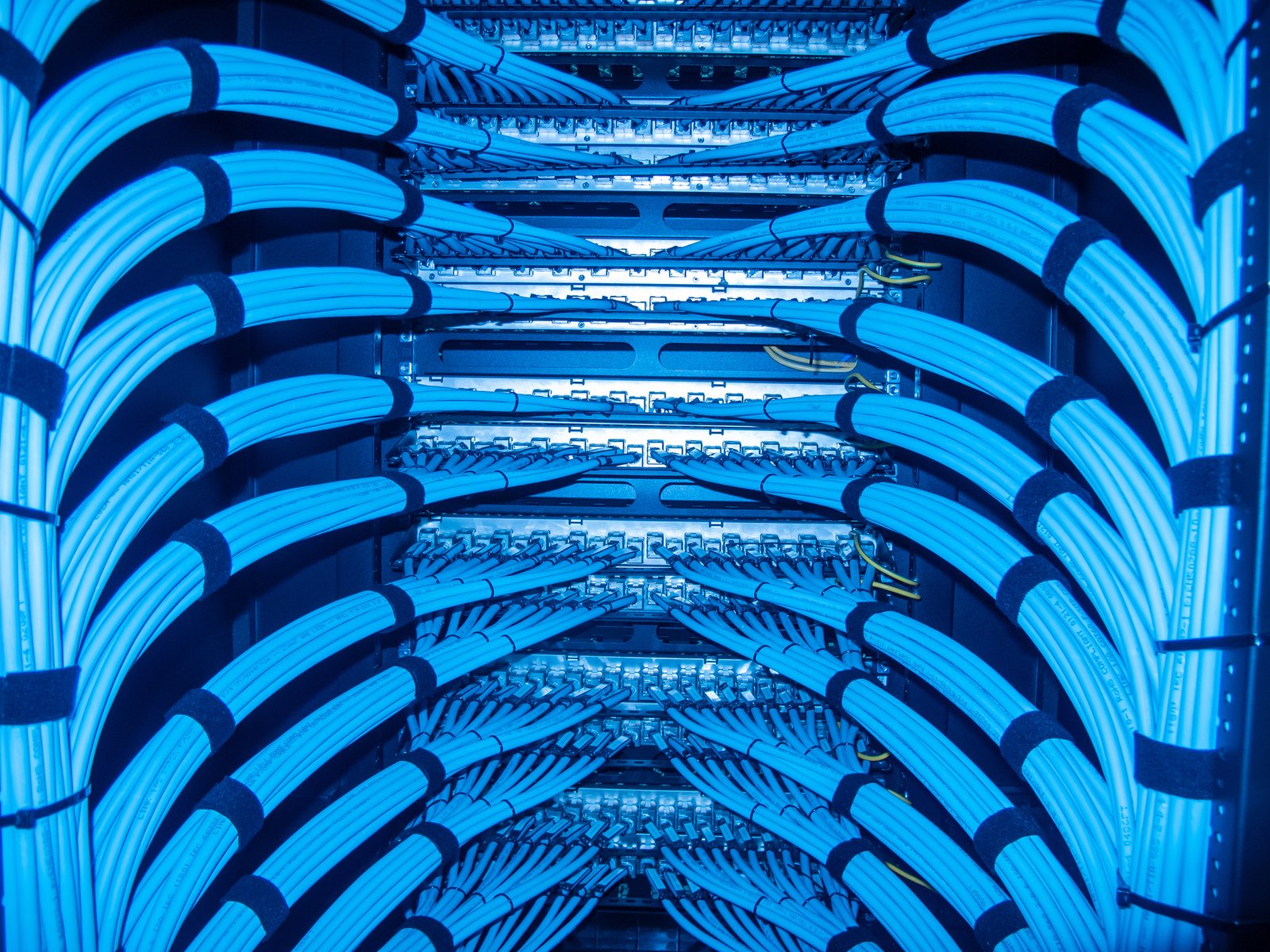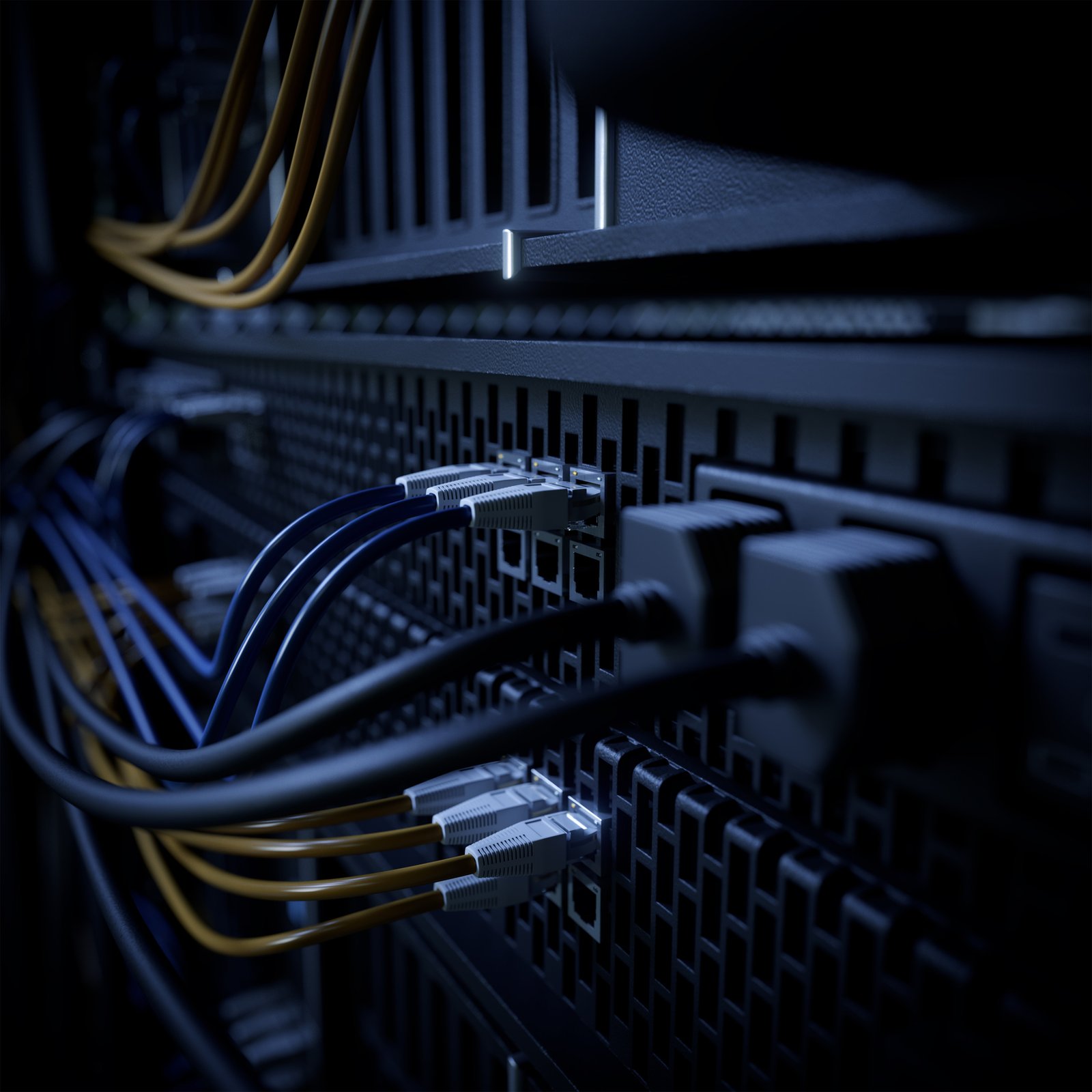Software-defined networking (SDN) is a game-changer for data center connectivity, offering flexibility, efficiency, and scalability.
“With the increase in data from applications, data centers require high-speed access networks to fulfill the user demands. Features in SDN facilitate data processing, storage, and transmission of data center applications,” writes the authors of Software-Defined Networking in Data Centers.
The undeniable benefits of SDN in data centers – which include managing routing, traffic engineering, and resource management – are crucial as optimizing network performance and ensuring seamless connectivity are needed to meet the demands of cloud computing, 5G, and other emerging technologies.
“SDN helps with the centralized management of networks using software applications. It enables dynamic and programmatically efficient network configurations to improve network performance and monitoring,” says SolarWinds. “SDN can also be defined as an efficient and cost-effective architecture that can easily manage high-bandwidth, dynamic applications.”
Understanding Software-Defined Networking (SDN)
In its simplest terms, SDN is a network architecture that uses software applications to control a network.
TechTarget explains that SDN abstracts different layers of a network to make it more agile and flexible. The goal of SDN is to improve network control by enabling enterprises and service providers to respond quickly to changing business requirements.
SDN’s centralized control concepts have been around for over a decade.
Diving a bit deeper, SDX Central says that SDN is the separation of the control functions from the forwarding functions, which enables greater automation and programmability in the network.
SDN is often paired with network function virtualization (NFV), which separates network functions from hardware in the form of virtualized network functions (VNFs).
“SDN enables cloud-like computing within a network. This enables network engineers and administrators to respond quickly to changes in business requirements through a centralized control console that is abstracted from the physical hardware of the network,” says SDXCentral. “In other words, SDN creates a centralized brain for the network that can communicate and command the rest of the network. SDN is used to create virtual overlay networks; software-defined networks that sit on top of the physical hardware infrastructure.”
The three layers in an SDN architecture, according to SDXCentral, are:
- Application: The applications and services running on the network.
- Control: The SDN controller or “brains” of the network.
- Infrastructure: Switches and routers, and the supporting physical hardware.
Benefits and Challenges of SDN
There are plenty of benefits, and some challenges, to employing SDN.
The benefits of using SDN include:
- Flexibility and Agility: SDN allows data centers to adapt to changing traffic patterns and application requirements through centralized control.
- Improved Resource Management: Efficient resource allocation optimizes network utilization, reducing operational costs.
- Simplified Network Management: Centralized control simplifies network configuration and troubleshooting, reducing complexity.
- Scalability: SDN supports the seamless addition of network resources as data centers grow.
- Direct Programmability: Since the control functions are decoupled from forwarding functions, networks can be programmed directly by proprietary or open-source automation tools.
Some of the challenges of SDN include:
- Complex Implementation: Deploying SDN can be challenging, requiring a significant overhaul of existing network infrastructure.
- Vendor Lock-In: Adopting SDN solutions from specific vendors may lead to vendor lock-in, limiting flexibility.
- Security Concerns: Centralized control can be a single point of failure and a potential target for cyberattacks.
It can be argued that the lessons learned in developing SDN have led to the architecture of 5G networks, where the network core is centralized like SDN.
“SDN is an emerging architecture that is dynamic, manageable, cost-effective, and adaptable, making it ideal for the high-bandwidth, dynamic nature of today’s applications,” says the Open Networking Foundation. “This architecture decouples the network control and forwarding functions enabling the network control to become directly programmable and the underlying infrastructure to be abstracted for applications and network services.”
Data Centers: The Crucial Role SDN Plays
TechTarget says that SDN data center controllers are a crucial component in today’s data centers.
“Traditional network architecture contains individual network devices that make traffic decisions. The goal of SDN is to separate the network control plane from the data plane. This enables more agility and flexibility when it comes to directing traffic flow,” says TechTarget.
Some of the main roles of SDN controllers in data centers included managing the flow of data in the managed network, providing an API for applications and other components to interact with the network, and providing visibility into the network including monitoring of network performance and detection of problems.
SDN also helps data centers with the following:
- Simplifying and automating the provisioning of networks.
- Supporting more targeted protection and simplifying firewall administration.
- Increasing the agility, speed, and scalability of traditional networking infrastructure.
- Helping to deploy applications repeatedly.
- Dealing with big data.
- Supporting cloud-based traffic.
The Benefits of SDN in Data Center Connectivity
SDN can be a critical tool in data center connectivity with benefits that include:
- Managing Routing: SDN dynamically optimizes routing paths, reducing latency, and improving network performance.
- Traffic Engineering: SDN's centralized control optimizes traffic flow, minimizing congestion and enhancing overall efficiency.
- Resource Management: SDN allocates resources on-demand, ensuring efficient utilization and cost savings.
These benefits have been obvious for a decade when in 2013 it was noted that Google’s private WAN connecting Google data centers across various geographical locations across the world used SDN.
“Since the SDN is logically centralized, controllers have a global visibility of the whole network, unlike conventional networking. Hence, they can dynamically optimize flow management and resources. Furthermore, per-flow or application-level QoS provisioning becomes easier and feasible for network administrators,” wrote the authors of a 2017 paper published in the Journal of Network and Computer Applications. “For these reasons, SDN is drawing the attention of companies, universities, data centers, and service providers to be deployed in their networks.”
When employed in data centers, SDN can lead to:
- Improved Scalability: SDN enables data centers to scale seamlessly as traffic increases.
- Enhanced Performance: Dynamic routing and traffic engineering improve data center network performance.
- Reduced Downtime: Centralized control allows for quick response to failures, minimizing downtime.
- Resource Optimization: SDN ensures efficient resource utilization, reducing operational costs.
- Greater Security: Fine-grained access control and monitoring enhance data center security.
“SDN is a network management approach that helps improve internal communications and overall network performance,” says SolarWinds.
As data centers continue to evolve to meet the demands of modern applications and services, SDN will remain at the forefront of enabling seamless and efficient data processing, storage, and transmission.










